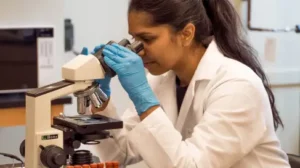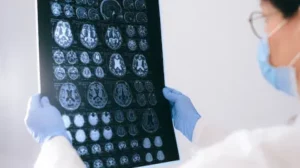Ella’s Race to CURE Epilepsy 2025
500 Block of N. Catherine Ave 500 N Catherine Ave, La Grange Park, IL, United StatesJoin us to celebrate 10 years of funding research and promoting awareness of epilepsy through Ella's Race in La Grange Park.




Join us to celebrate 10 years of funding research and promoting awareness of epilepsy through Ella's Race in La Grange Park.
Honoring three epilepsy warriors, Adelaide, Lola, and Lucy, Team Fidelity looks to bring awareness surrounding the circumstances of the 1 in 26 people who suffer from epilepsy and the urgent need for a cure.
Cocktail reception, dinner and dancing with fellow supporters of groundbreaking science
Get ready for a fun-filled, family-friendly event! The 4th Annual Reagan's Run, a 5K run, 1 mile walk, and kids dash will occur on Sunday, September 21, 2025, at Wilson Farm Park in Wayne PA.
Support the largest CURE Epilepsy marathon team to date at the 2025 Bank of America Chicago Marathon!
Sean's family is excited to host a 2.6 Mile Fun Run AND a one mile walk through Lakewood Ranch, Florida to raise awareness and funds for epilepsy research!